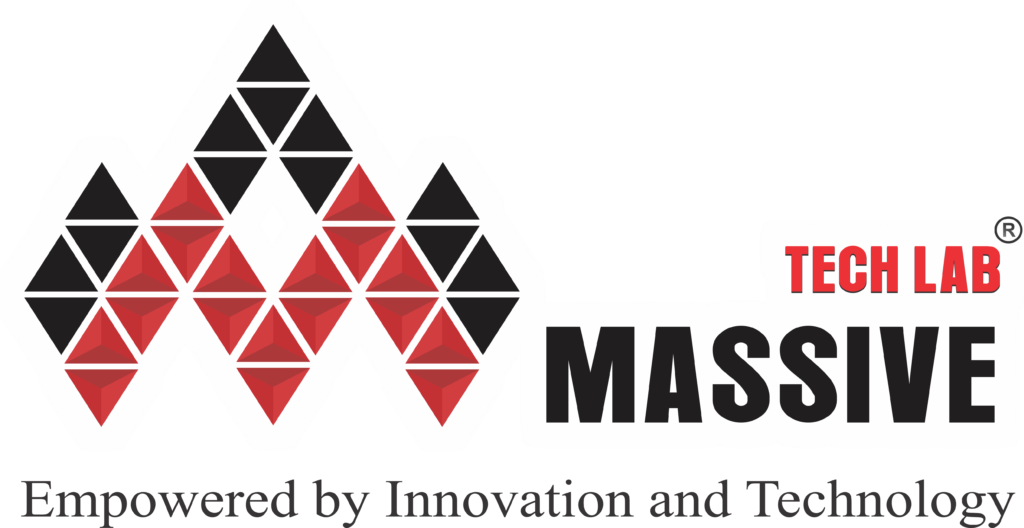Introduction to Java Enterprise Edition EE
The latest build of the Java EE Tutorial is automatically published to this site as HTML. AsciiDoc is similar to original markdown but is particularly suited for user
documentation. If you are interested in forking the tutorial source files or building the tutorials locally, then see
the javaee/tutorial repository. Java EE has several specifications which are useful in making web pages, reading and writing from database in a transactional way, managing distributed queues.
Reflection is a very powerful API and used in almost all the Java, J2EE frameworks like Spring, Hibernate, JUnit and Tomcat. It’s one of the advanced topics of core java and used in framework implementations, check out this post to learn about Java Reflection API with a lot of examples. Mockito is a java based mocking framework, used in conjunction with other testing frameworks such as JUnit and TestNG.
Web Specifications of Java EE
It internally uses the Java Reflection API and allows to create objects of service. A mock object returns a dummy data and avoids external dependencies. It simplifies the development Java EE Lessons of tests by mocking external dependencies and apply the mocks into the code under test. It’s built on the principles of Dependency Injection and Aspect-Oriented Programming.
When you enroll in the course, you get access to all of the courses in the Specialization, and you earn a certificate when you complete the work. Your electronic Certificate will be added to your Accomplishments page – from there, you can print your Certificate or add it to your LinkedIn profile. If you only want to read and view the course content, you can audit the course for free.
Other Specifications of Java EE
Finally, we learn about transferring control via forward and redirect mechanisms. PrimeFaces is very easy to use and comes with a lot of components to create an awesome effect on view pages. One of the most useful features of PrimeFaces is the support for creating responsive view pages, that is a must-have for current web pages. We have more than 20 articles on PrimeFaces that you can read in the order to start as a beginner and become a pro.
There are also tons of companies using Java EE and they are not going anywhere. If you prefer the book and want more comprehensive coverage, then you can also check out the Java EE 8 CookBook, one of my favorite how-to guides to learn Java EE 8. It’s also one of the most comprehensive courses, created by Antonio Goncalves, who is an authority on Java EE space and also the author of the best-seller Beginning Java EE 7 book.
Build your subject-matter expertise
This post is aimed to include all the summary posts in java tutorials that you should go through to have a clear understanding of that area. Java EE 6 is a radical departure from the way applications were build in 1.4, and is the recommended version to start working with. Java SE refers to standard edition and contains basic functionalities and packages required by a beginner or intermediate-level programmer. It has the edge over Java SE an also has a variety of aspects in which it outshines other features. Java EE 8 has brought some really cool features like Servlet 4.0 API, HTTP 2.0 support, and a new JSON binding API. Apart from that, it also supports those ultra-useful Java SE 8 features, like Stream and new Date and Time API, and there is no better way to learn those features in quick time than joining this course.
- If you are wondering what Java EE is and what Java EE 8 brings into the table, let me give you a brief overview of Java EE.
- XML is widely used technology to store or transport data and it’s platform independent.
- The EL represents a union of the
expression languages offered by JavaServer Faces technology and JSP technology.

